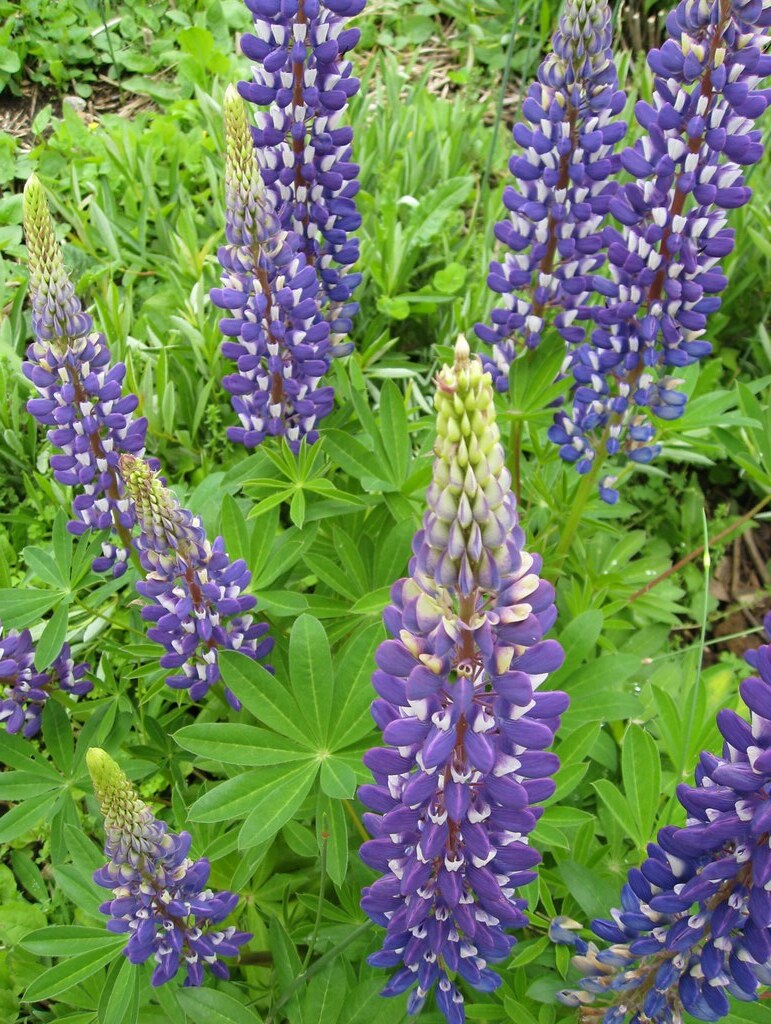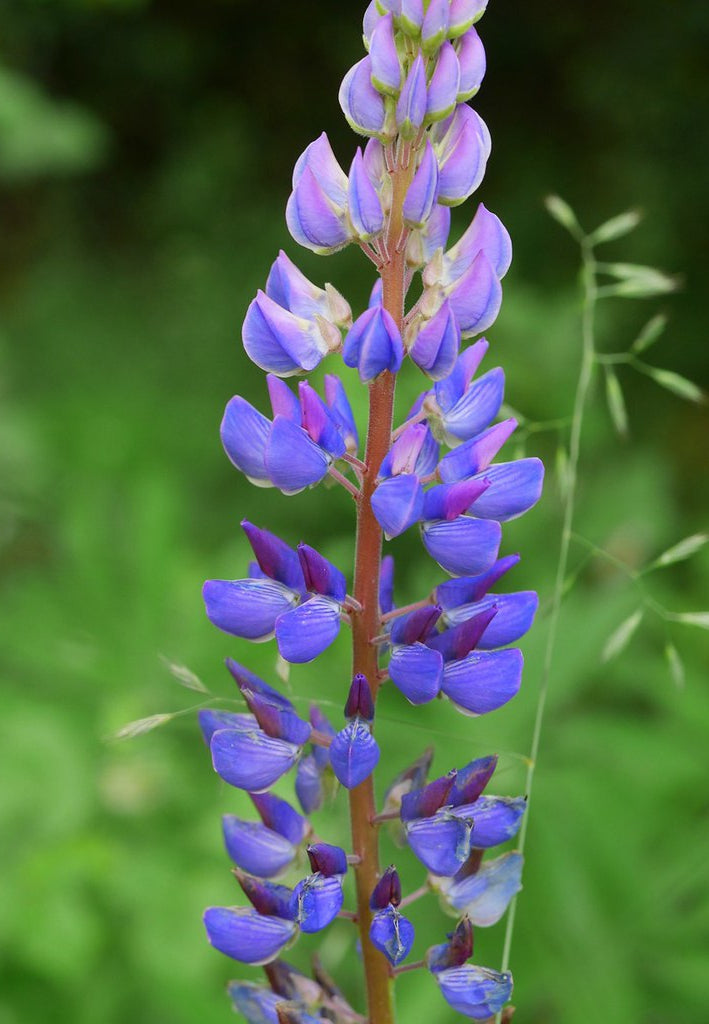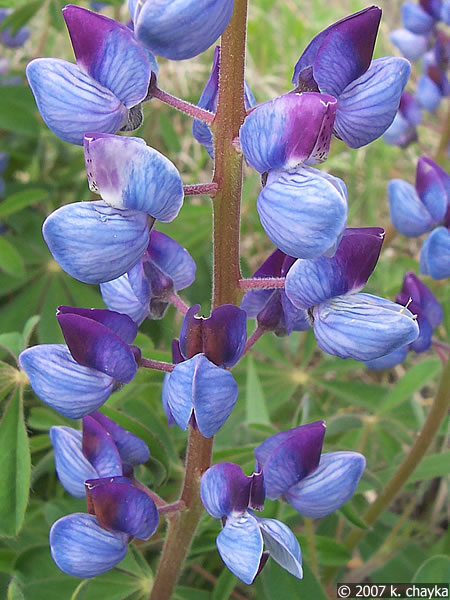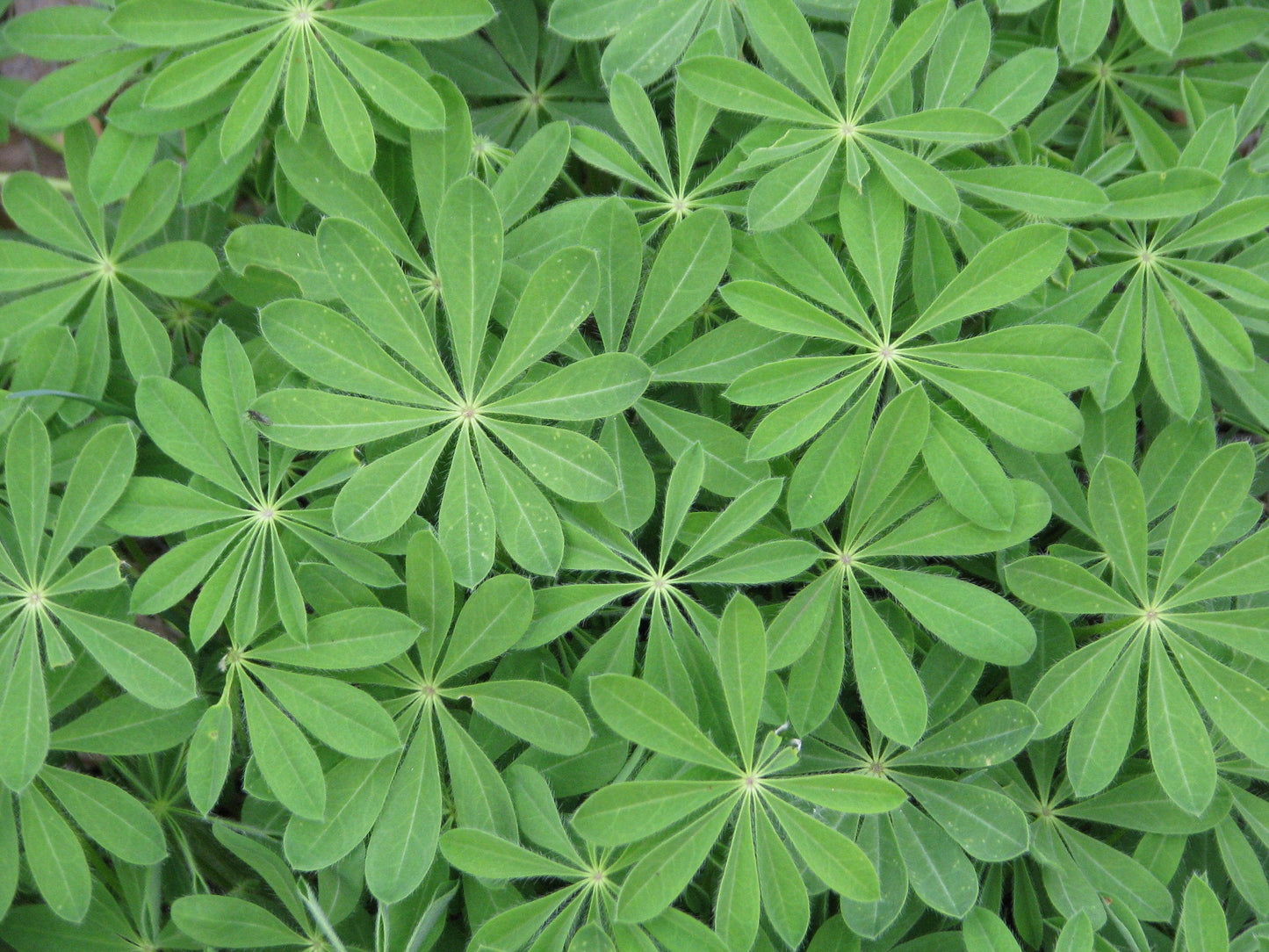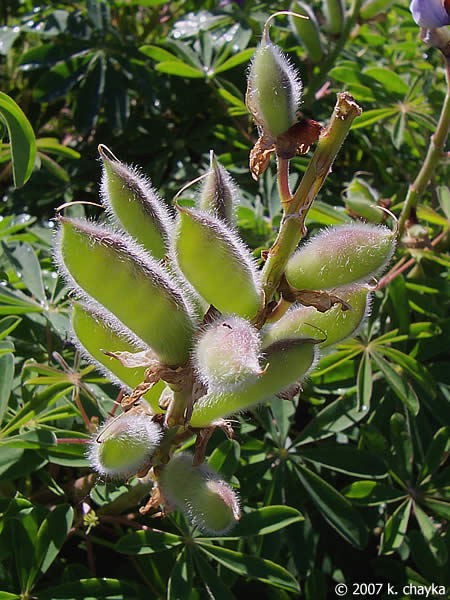Floridaseeds
Wild Lupine Sundial Lupine Lupinus perennis 100 Seeds
Wild Lupine Sundial Lupine Lupinus perennis 100 Seeds
Couldn't load pickup availability
Lupinus perennis, commonly known as wild lupine or sundial lupine, is a hardy perennial native to eastern and central North America, celebrated for its graceful spikes of bluish-purple pea-like flowers that bloom in late spring to early summer. This species forms attractive clumps of palmately divided, silvery-green leaves that radiate from a central point, creating a star-like pattern that adds texture even when the plant is not in bloom. Typically growing 1 to 2 feet tall, Lupinus perennis thrives in sandy, well-drained soils and open, sunny habitats such as prairies, savannas, and open woodlands. It is an essential native plant for wildlife, providing nectar for bees, butterflies, and hummingbirds, and serving as the exclusive larval host for the endangered Karner blue butterfly. As a member of the legume family, it also improves soil fertility by fixing nitrogen, enriching the surrounding ecosystem. While adaptable and drought-tolerant once established, it does not tolerate heavy clay or waterlogged soils. Wild lupine’s natural charm and ecological importance make it an excellent choice for native plant gardens, pollinator habitats, and meadow restorations, where it contributes both beauty and biodiversity to the landscape.
Materials
Materials
Shipping & Returns
Shipping & Returns
Dimensions
Dimensions
Care Instructions
Care Instructions
Share


